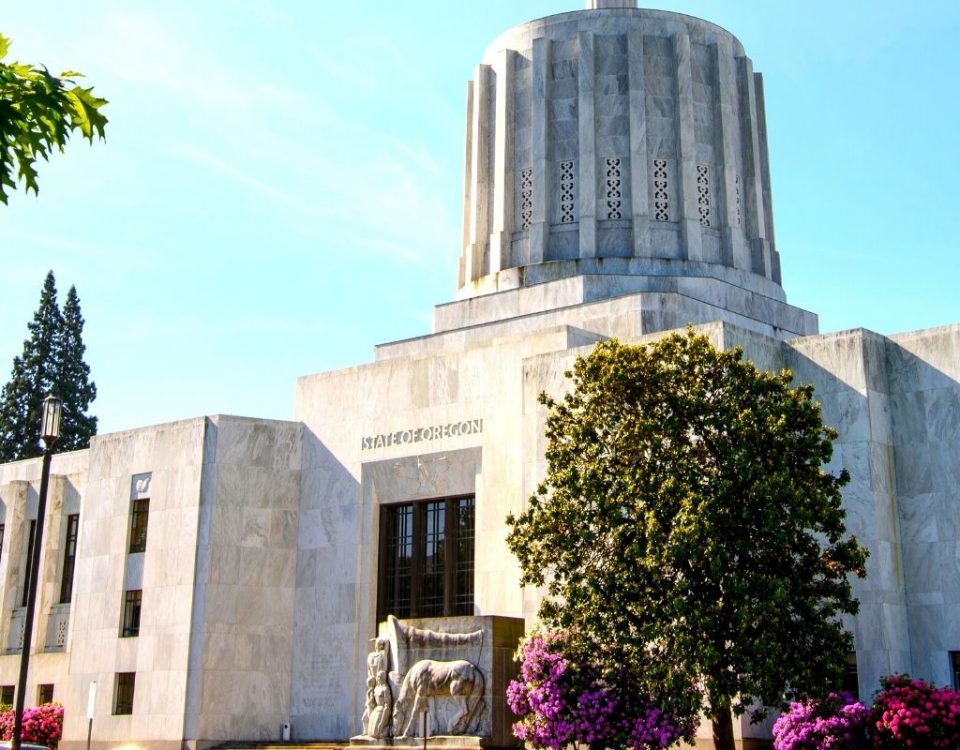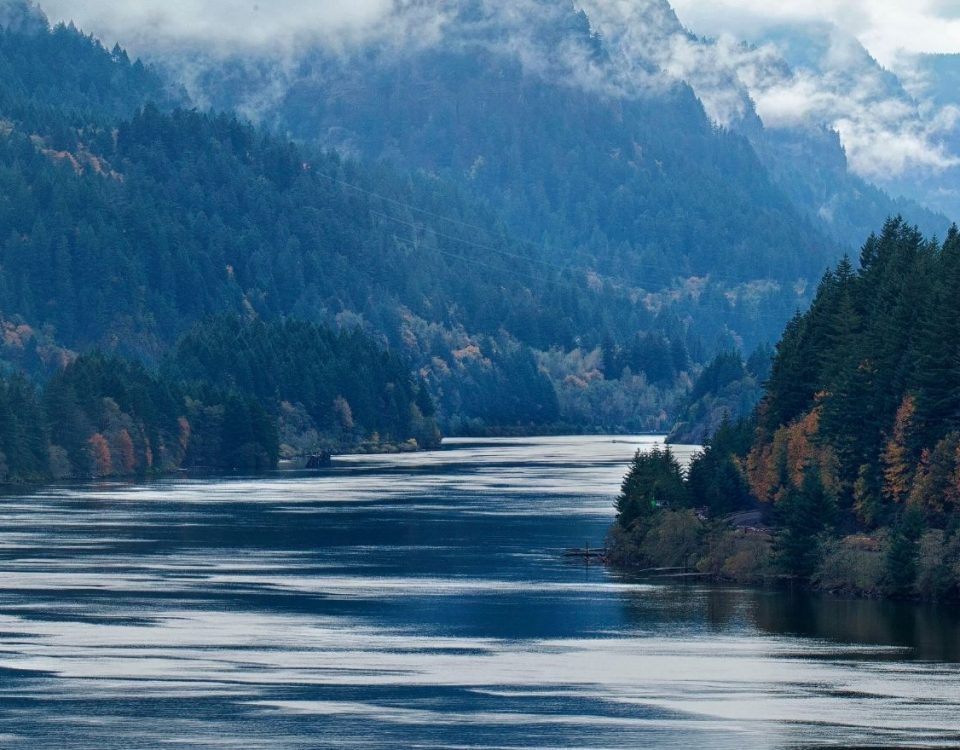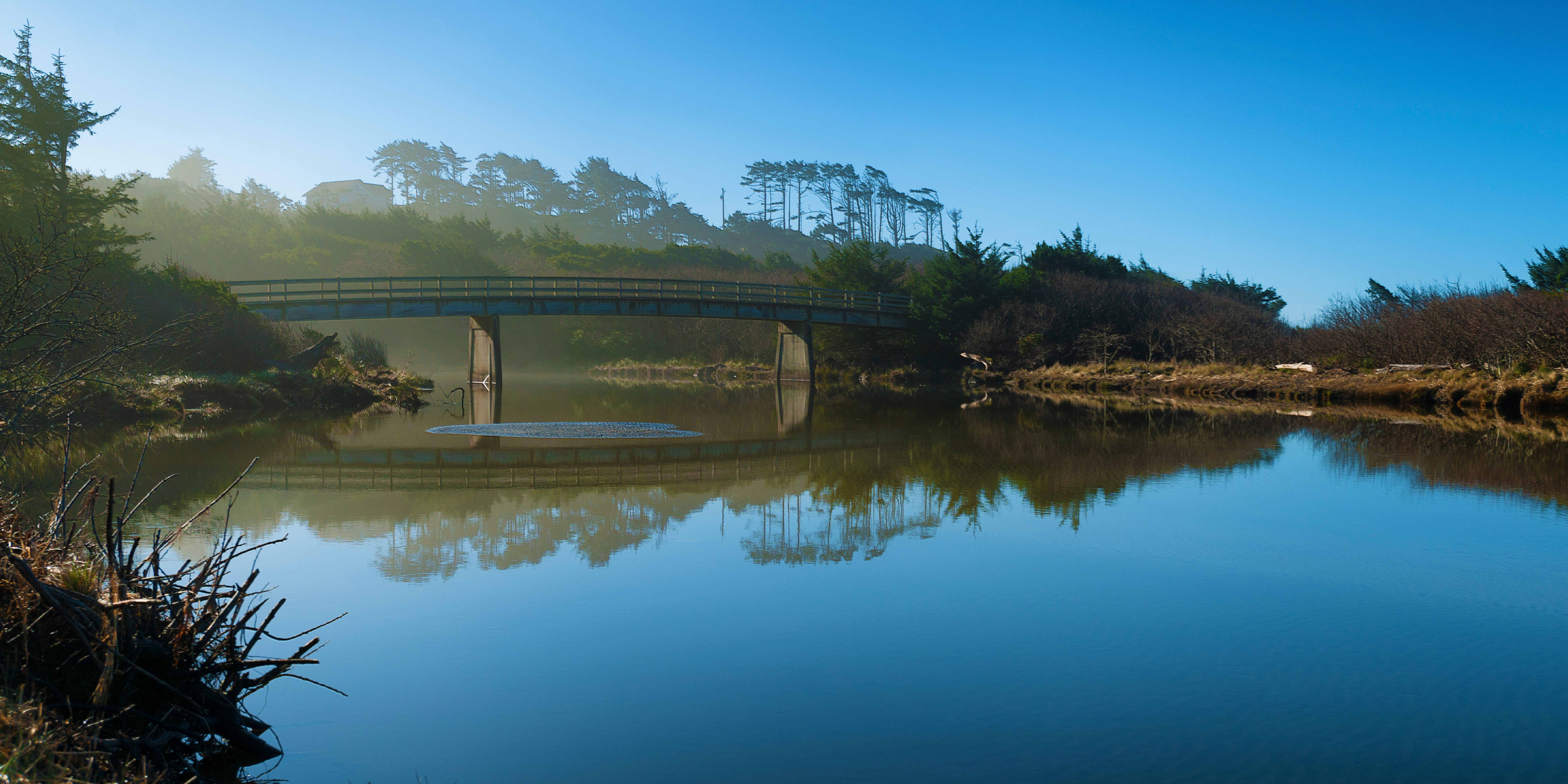
Estuaries and Salmon
Oregon’s Estuaries are Critical for Salmon and Coastal Communities
Oregon’s coast is home to 22 major estuaries: comprising some of our favorite bays, beaches, marshes, spits, and tidal creeks. Where Oregon’s forests and rivers meet the Pacific Ocean, these places are incredibly productive environmental powerhouses for salmon and shellfish, supporting coastal economies and communities.
Estuaries, and especially eelgrass – a plant found in bays and estuaries – are incredibly important habitats for salmon, steelhead, birds, Dungeness crab, oysters, and herring. Fueled by ocean nutrients, river runoff, and sunlight, healthy estuaries produce enough food to serve as an all-you-can-eat buffet for salmon.
But many of Oregon’s estuaries areas are under threat. Oregon has lost 58% of its tidal wetlands to developments like boat launches, bridges, and harbors. On top of that, a lot of remaining eelgrass habitat is substantially degraded by dredging, toxic runoff, logging upstream, and sea level rise.
Restoring Estuaries Provides Environmental and Community Benefits:
Restore Salmon
Enhance Coastal Economies
Oregonians have a new opportunity to help protect eelgrass and estuaries.
The State of Oregon is updating its estuary management plans, which were originally written forty years ago. These original estuary management plans tend to emphasize development and minimize environmental protections. They do not address climate change issues and were developed before species like Coho salmon were listed as endangered. They do not embrace habitat restoration as a tool nor address legacy impacts to the estuary. Essentially, at least 16 of these plans are in desperate need of updating.



